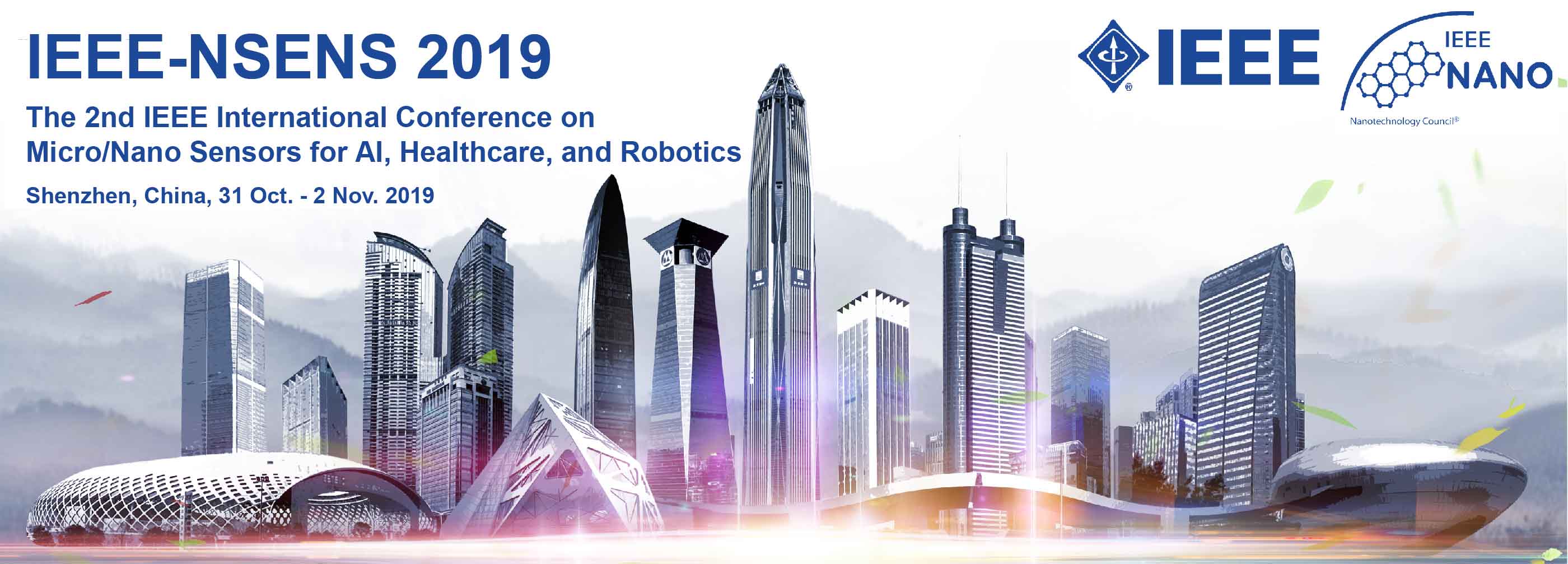The 4rd IEEE International Conference on Micro/Nano Sensors for AI, Healthcare, and Robotics (IEEE-NSENS 2025) will be held on March 23-26, 2025 at Thailand.
IEEE-NSENS 2025 is one of the most important conferences that bring our members together from around the world to share professional experiences, expand professional networks, and receive updates on the latest advances in the fields of sensors, nanotechnology, artificial intelligence, healthcare monitoring and robotics.
Topics (The areas of interest include but are not limited to the following topics)
- Micro/Nano Electro – soft electronics
- Micro/Nano Electro – artificial intelligence
- Micro/Nano Electro – bioelectronics
- Micro/Nano Electro – sensors
- Micro/Nano Electro – power electronics
- Micro/Nano Electro – nanobiotechnology
- Micro/Nano Electro – healthcare electronics
- Micro/Nano Electro – medical diagnostics
- Micro/Nano Electro – human-robot interaction
- Micro/Nano Electro – machine learning
- Micro/Nano Electro – deep learning
- Micro/Nano Electro – humanoid robots
- Micro/Nano Electro – flexible sensors
Important Dates:
Initial Submission Deadline: December 20,2024
Notification of Acceptance: January 20, 2025
Final Submission Deadline: February 20, 2025
The paper submission and review process are in full swing. Authors (at least one per paper) must register before Mar. 2nd, 2025 for the paper to be included in the conference program (Click here for registration). Also, in-person attendance (any author) is required for the paper to be included in IEEE Xplore after the conference.”



